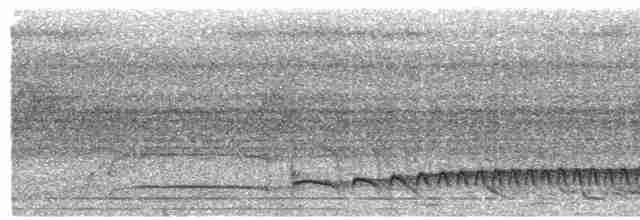Common Paradise-Kingfisher Tanysiptera galatea Scientific name definitions
- LC Least Concern
- Names (21)
- Subspecies (15)
P. F. Woodall
Version: 1.0 — Published March 4, 2020
Text last updated January 1, 2001
Text last updated January 1, 2001
Sign in to see your badges
Species names in all available languages
| Language | Common name |
|---|---|
| Catalan | alció del paradís comú |
| Czech | ledňáček hedvábný |
| Dutch | Vlagstaartijsvogel |
| English | Common Paradise-Kingfisher |
| English (United States) | Common Paradise-Kingfisher |
| French | Martin-chasseur à longs brins |
| French (France) | Martin-chasseur à longs brins |
| German | Spatelliest |
| Icelandic | Þelþyrill |
| Indonesian | Cekakak-pita biasa |
| Japanese | ラケットカワセミ |
| Norwegian | galateaisfugl |
| Polish | sterowik duży |
| Russian | Райский зимородок |
| Serbian | Obični rajski vodomar |
| Slovak | rybárikovec hodvábny |
| Spanish | Alción Colilargo Común |
| Spanish (Spain) | Alción colilargo común |
| Swedish | vanlig paradiskungsfiskare |
| Turkish | Cennet Yalıçapkını |
| Ukrainian | Альціон-галатея великий |
Tanysiptera galatea Gray, 1859
PROTONYM:
Tanysiptera galatea
Gray, 1859. Proceedings of the Zoological Society of London Part 27(2), p. 154.
TYPE LOCALITY:
Dorey [now Manokwari], New Guinea.
SOURCE:
Avibase, 2023
Definitions
- TANYSIPTERA
- galatea / galateus
The Key to Scientific Names
Legend Overview
UPPERCASE: current genus
Uppercase first letter: generic synonym
● and ● See: generic homonyms
lowercase: species and subspecies
●: early names, variants, misspellings
‡: extinct
†: type species
Gr.: ancient Greek
L.: Latin
<: derived from
syn: synonym of
/: separates historical and modern geographic names
ex: based on
TL: type locality
OD: original diagnosis (genus) or original description (species)

- Year-round
- Migration
- Breeding
- Non-Breeding
Distribution of the Common Paradise-Kingfisher


























